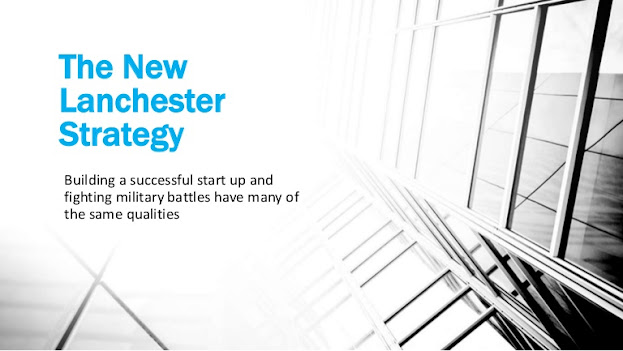Little background from the founder,
Frederick W. Lanchester was born on October 23, 1868, in London, England. After graduating from the Royal College of Science, he built England’s first gasoline-powered automobile at the age of 28. At the age of 31, he founded a consulting firm, the Lanchester Car Company and was responsible for many of the significant inventions in the automobile industry at the time including disc brakes, power steering, four wheel drive and fuel injection.
His engineering talents soon found their way into aviation and with the publication of two notable papers in 1907: The Theory of Rotation and Lift, and a two-volume treatise on aerodynamics, Aerial Flight. The ideas proposed in these papers were later incorporated into airfoil theory by the German physicist Ludwig Prandtl, and are still used today, known as the Lanchester-Prandtl Three Dimensional Airfoil Theory.
During World War I, Lanchester took an interest in the air war that raged over Europe. His curiosity in the results of the air battles convinced him of the need for mathematical analysis of the relative strengths of opposing battlefield forces to describe the effectiveness of aircraft. After performing vast quantitative studies of the number of casualties on both sides in land, sea, and air battles, the Lanchester laws were laid out in the classic 1916 publication Aircraft in Warfare the Dawn of the Fourth Arm.
The laws were studied extensively by the Royal Air Force and more significantly, they were used as part of the military strategy by the United States with overwhelming success during the later stages of World War II in the Central Pacific theater.
After World War II, quality expert W. Edward Deming had the foresight to apply the laws into operations research theory to be used in business situations. The strategy was introduced into Japan in the 1950s; further popularized in the 1960s by the business consultant Nobuo Taoka and were used to formulate marketing plans with strategies to attack market share. Canon was one of the first companies to utilize the strategy on a global basis in their battles with Xerox in the 1970s and 80s.
The New Lanchester Strategy nowadays...
Today, the strategy (termed ‘New Lanchester Strategy’) is considered one of the best tools available for determining market type choices for both startups and existing businesses. According to entrepreneur and author of the classic book on startups The Four Steps to the Epiphany, Steven Gary Blank, the New Lanchester Strategy suggests a few rules companies can use to analyze an existing market:
- If a single company has 74% of the market, the market has become an effective monopoly. For a startup, that’s an unassailable position for a head-on assault
- If the combined market share for the market leader and second-ranking company is greater than 74% and the first company is within 1.7 times the share of the second, it means the market is held by a duopoly. This is also an unassailable position for a startup to attack.
- If a company has 41% market share and at least 1.7 times the market share of the next largest company, it is considered the market leader. For a startup, this too is a very difficult market to enter. Markets with a clear market leader are, for a startup an opportunity for re-segmentation.
- If the biggest player in a market has at least a 26% market share, the market is unstable, with a strong possibility of abrupt shifts in the company rankings. Here there may be some entry opportunities for startups or new products from existing players.
- If the biggest player has less than 26% market share, it has no real impact in influencing the market. Startups who want to enter an existing market find these the easiest to penetrate.
The Strategy Implemented...
Blank adds one more important rule in the strategy that is particularly relevant for startups. If you decide to attack a market that has just one dominant player, you need to be prepared to spend three times the combined sales and marketing budget of that dominant player. In a market that has multiple participants, the cost of entry is lower, but you still need to spend 1.7 times the combined sales and marketing budget of the company you plan to attack.
Here’s the takeaway: The analogy of war applies to entering new markets. Stealing the necessary market share from an incumbent is similar to doing battle with a much larger enemy. The New Lanchester Strategy is one of the best tools for determining the required resources necessary to do battle and win.
#Startup #investment #disruptive #newnormal #businessstrategy #wisesagesaid #naiklevel





Comments
Post a Comment